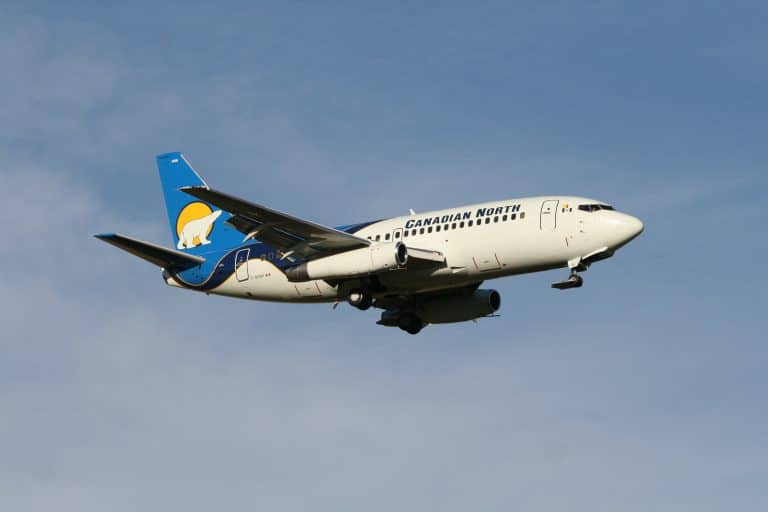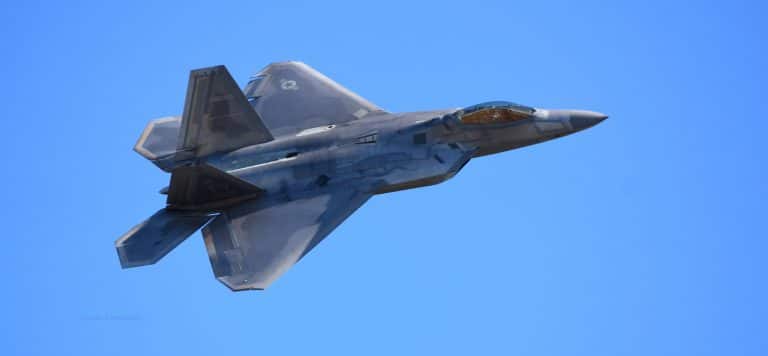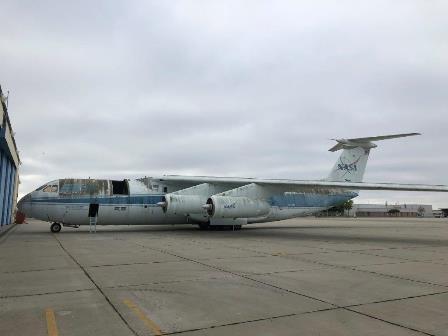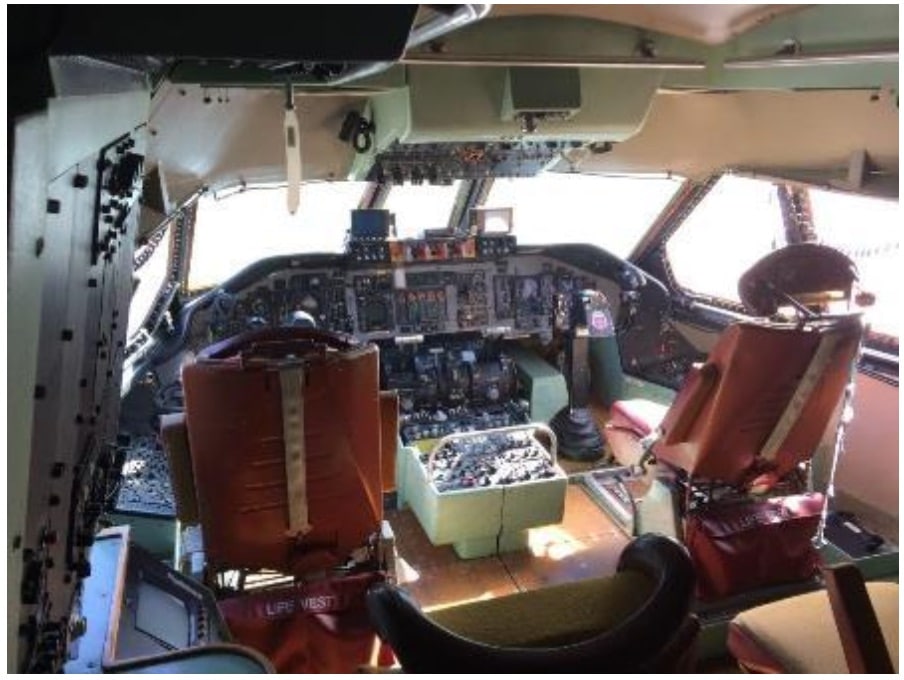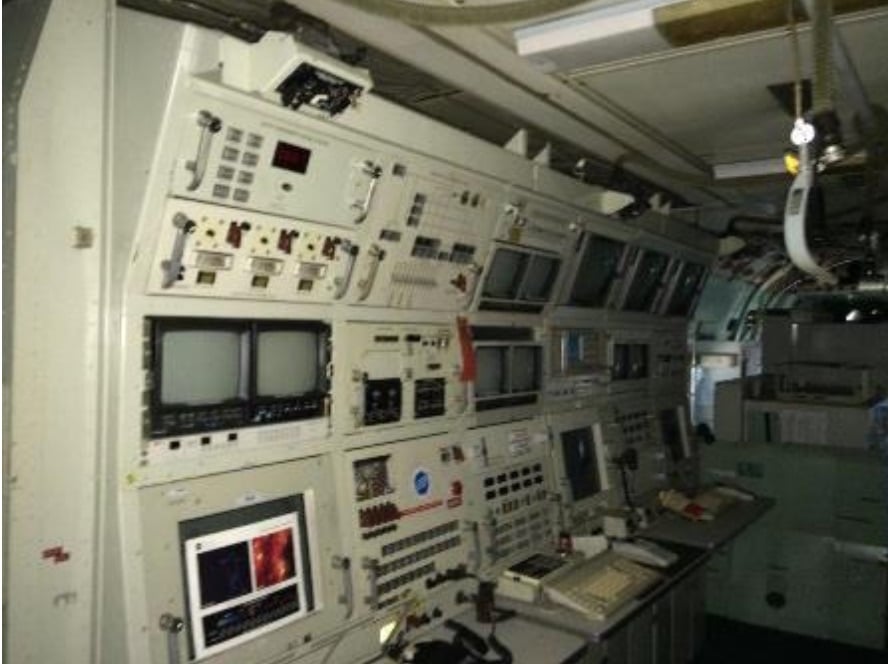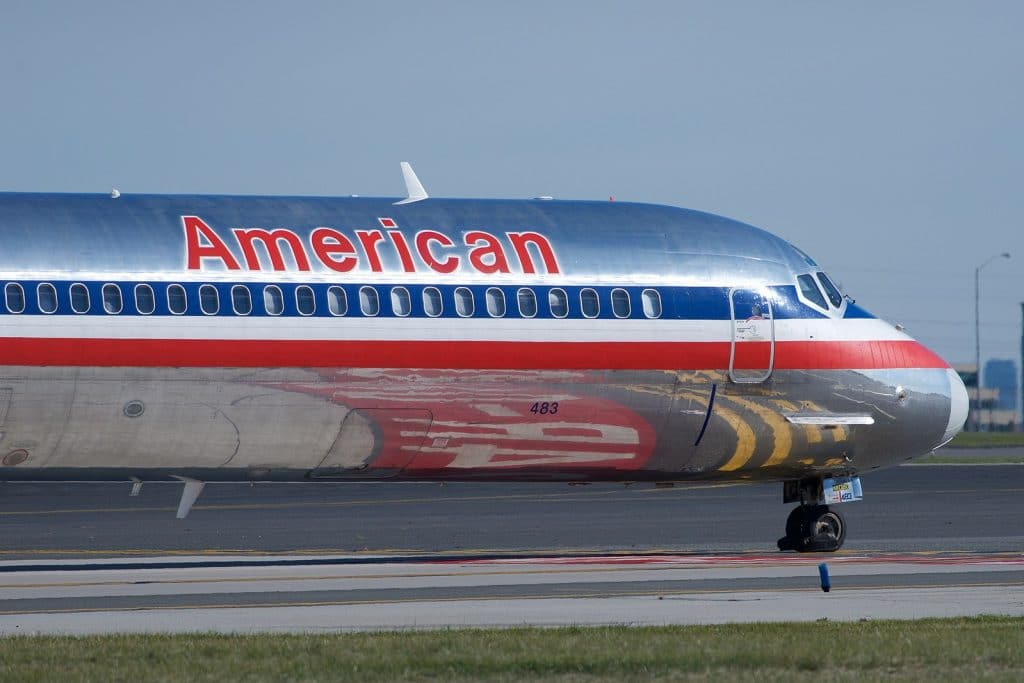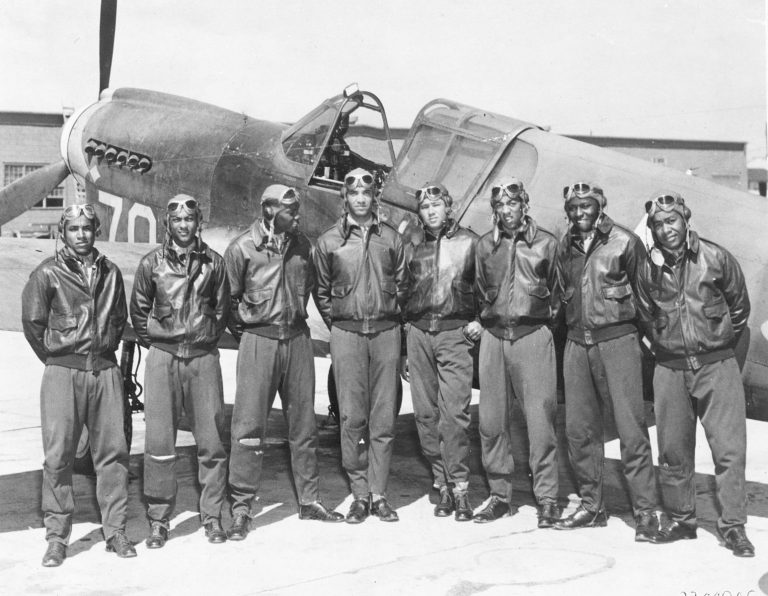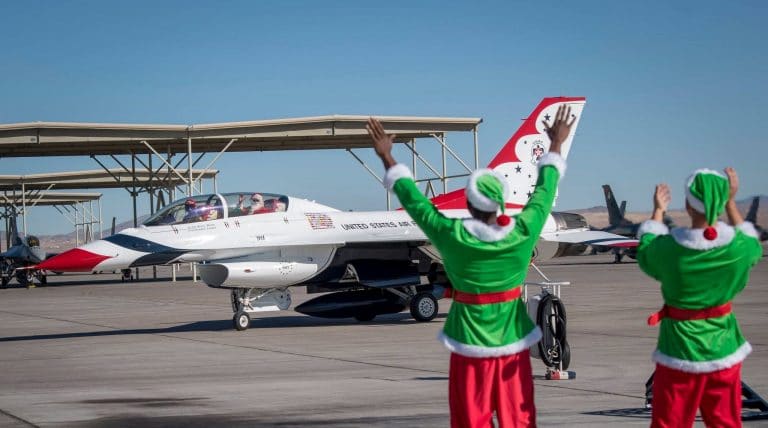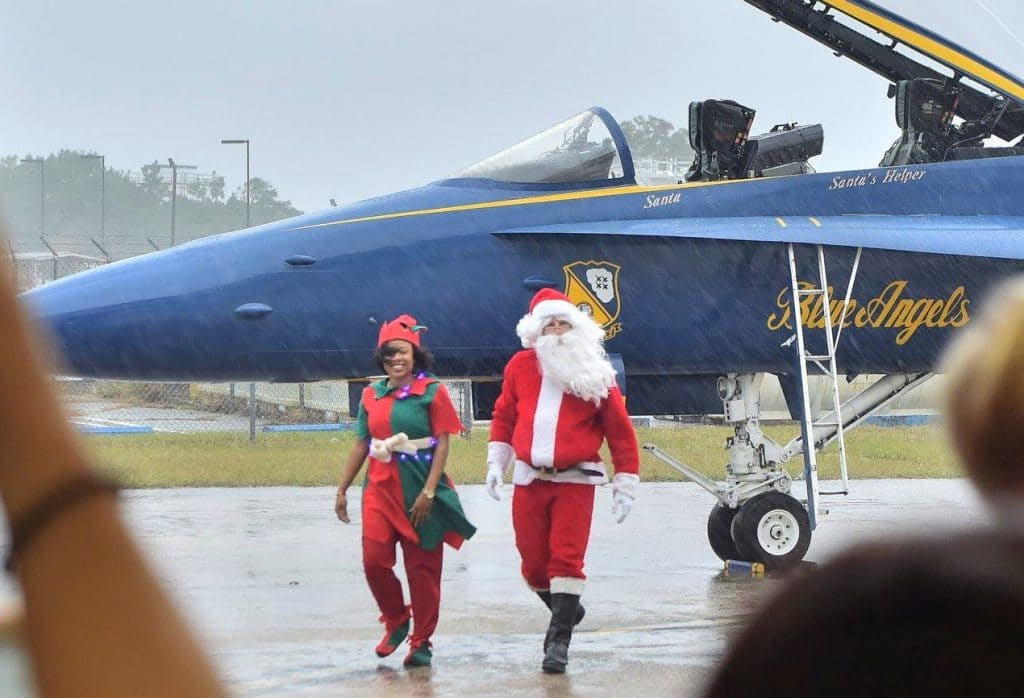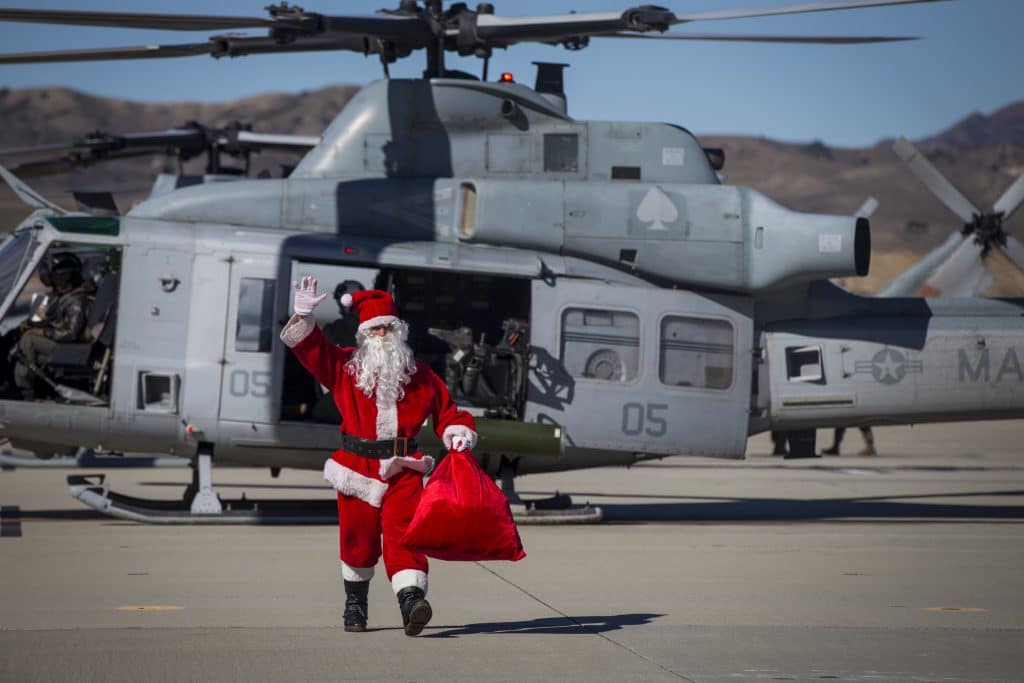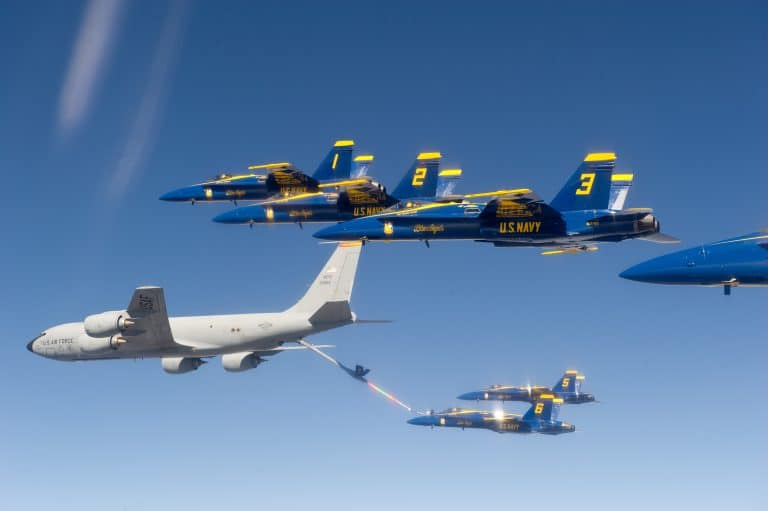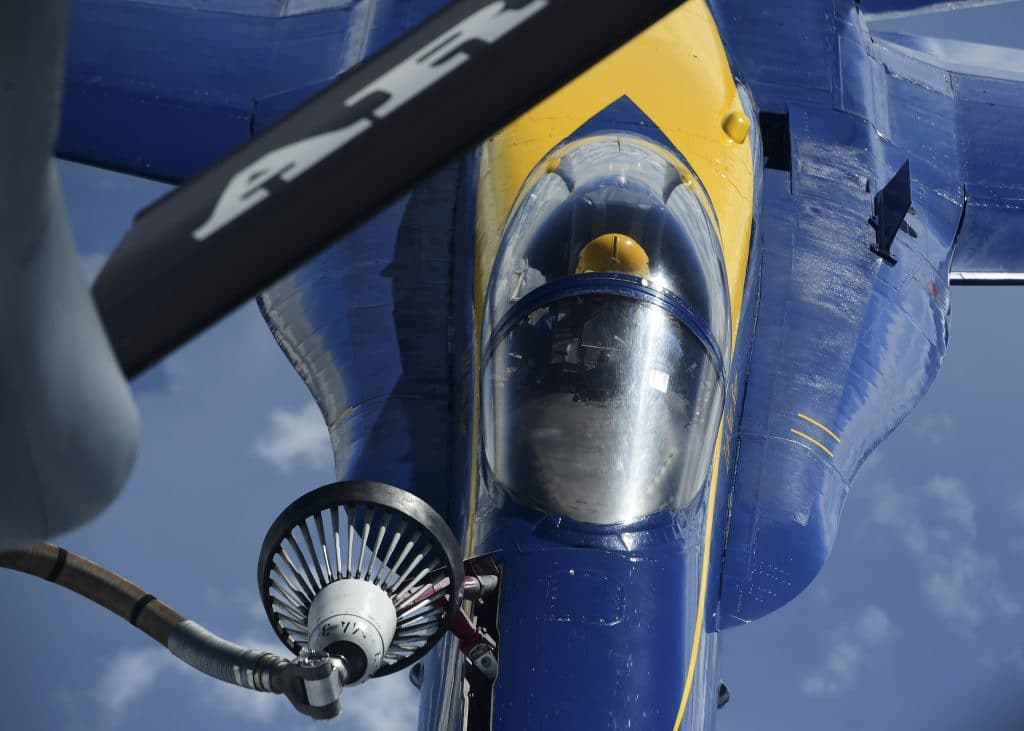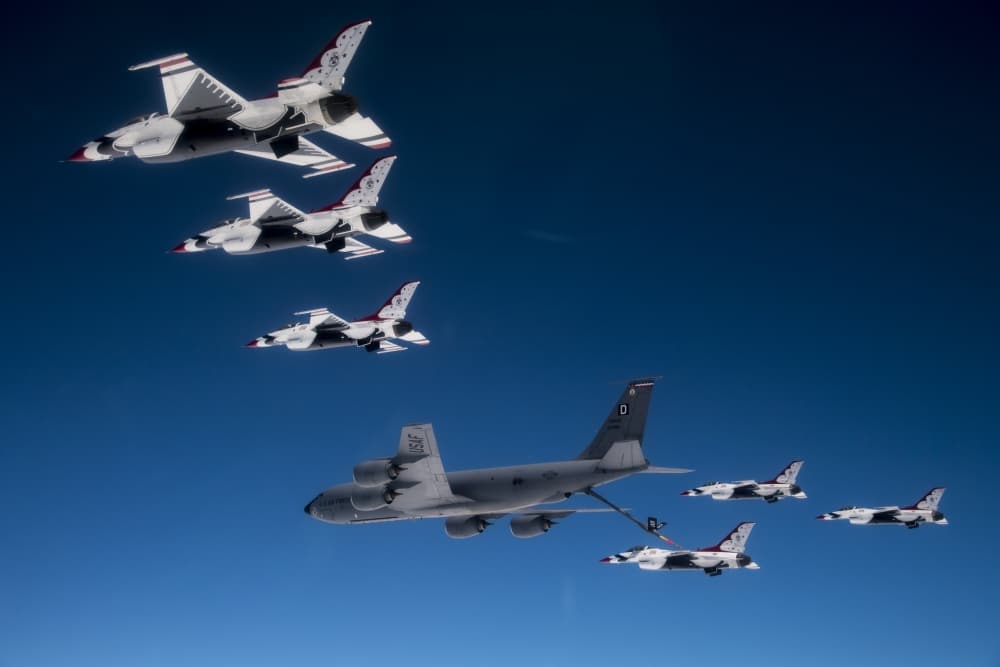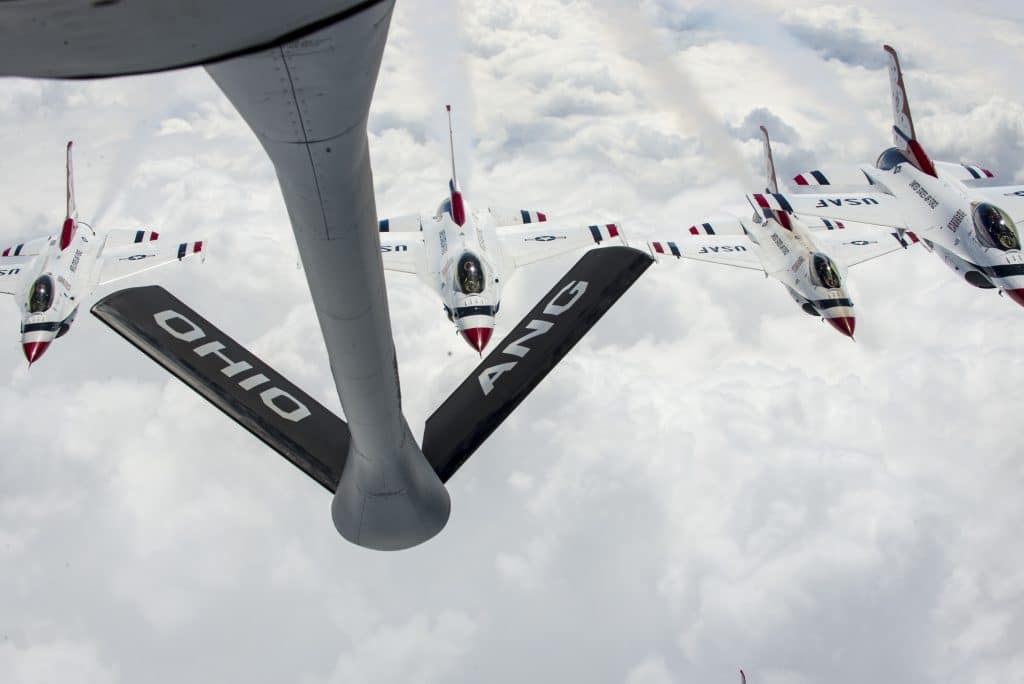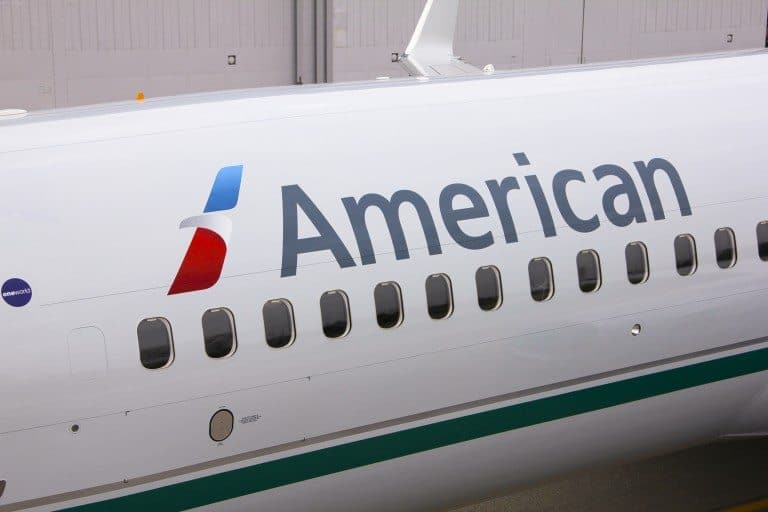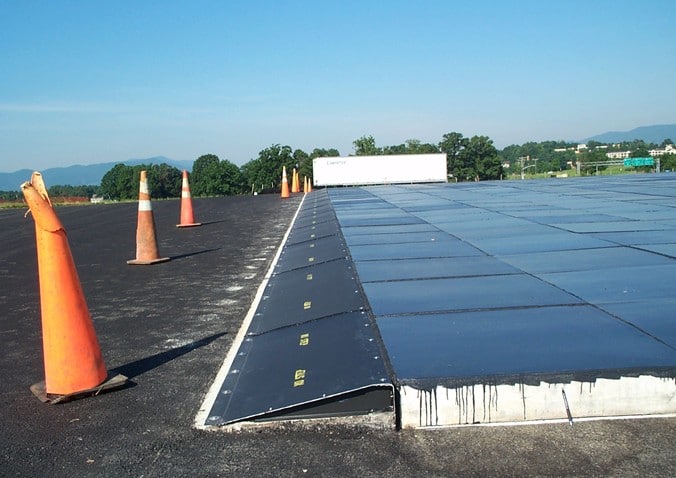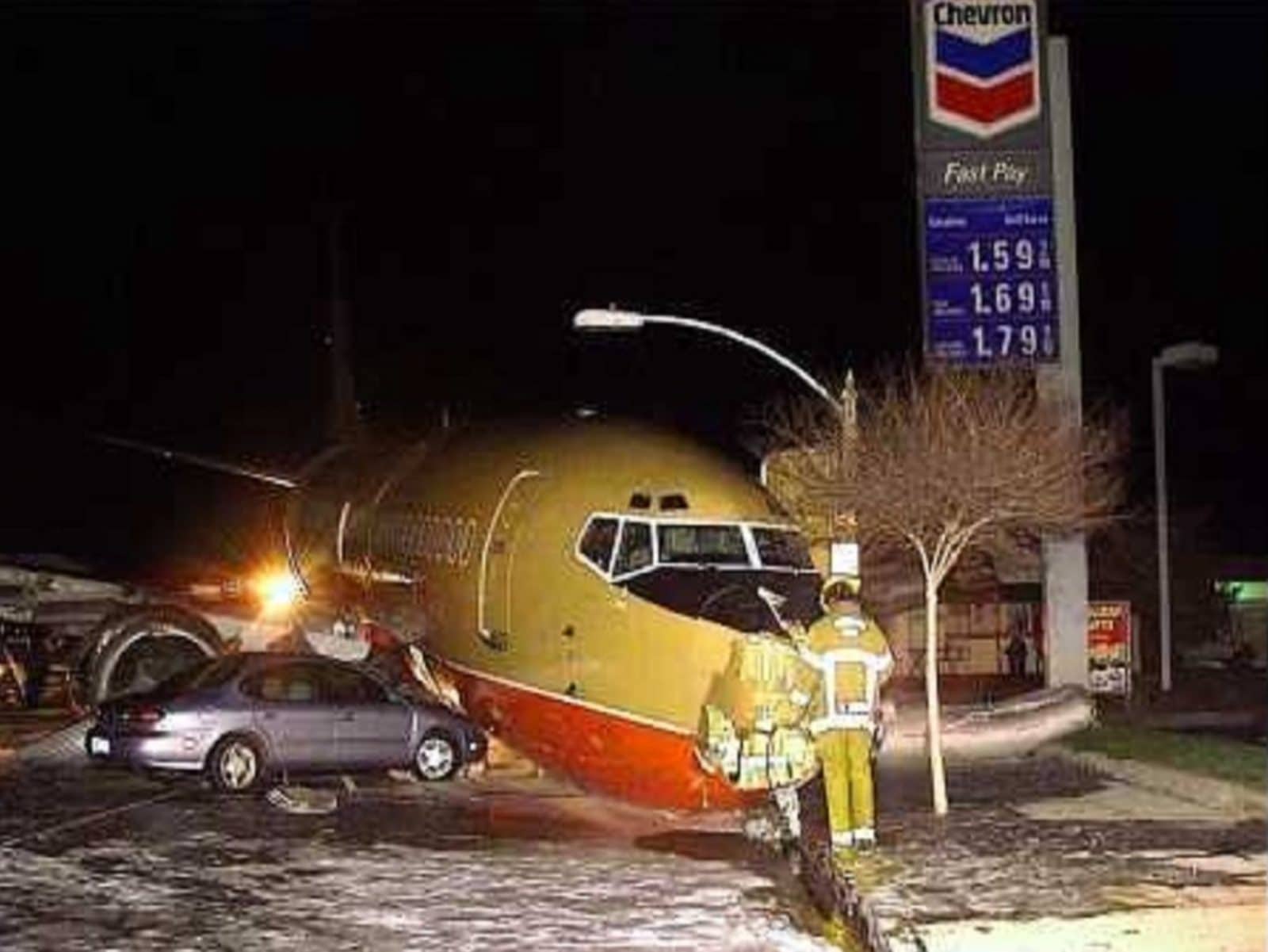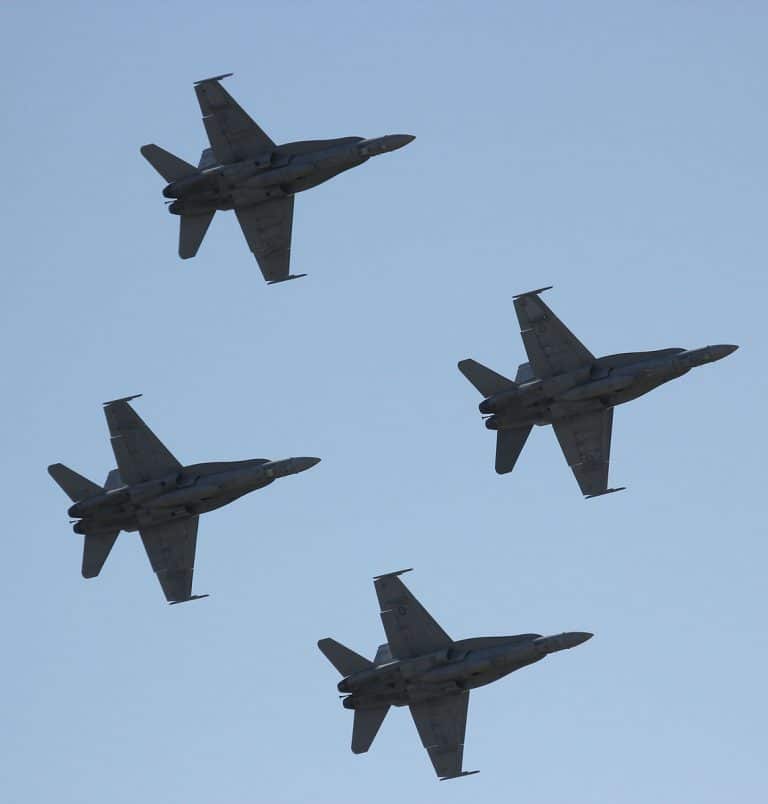In the late 20th century, the Boeing 737-200 and the Douglas DC-9 were the workhorses of North American-based airlines. They were so ubiquitous to short-haul routes that the only way most non-avgeek passengers could tell them apart was if they were flying on a jet with 5 seats across or 6 seats across.
The Boeing 737-200 was of course the wider jet with 6 across seating similar to the larger 727-200 and 707. The ‘baby’ Boeing 737-200 featured two long ‘cigar-like’ engines slung under the wing. One other distinctive feature of the Boeing 737-200’s engines were the clamshell thrust reversers that deployed after touchdown. The TRs on the JT8D formed a clamshell to divert the thrust down and forward in order to aid stopping after landing.
The Boeing 737-200 formed the backbone of Southwest Airlines and Aloha Airlines in the 1970s and early ’80s. It also was heavily utilized by United, Delta, and US Air. Airlines like Midway I, Vanguard, Alaska, American, America West, MarkAir, Continental, PSA, PanAm, Braniff, and Piedmont all featured the jets in their fleet at one time or another.
Most 737-200’s are retired
By the early 2000s, the ‘jurassic’ 737-200’s days were numbered. The events of 9/11 and down turn of the economy meant that the less efficient jet was falling out of favor with airlines. The ‘jurrasisic’ jets were supplanted by the growing fleets of 737 ‘classics’ (-300, -400, -500) and 737NGs (-700, -800, -900) along with legion of Airbus A320s and regional jets. Southwest retired their last -200 in 2005. In April of 2008, Aloha Airlines went out of business (see video below of their last flight) and with it, their fleet of -200s were sent to the desert. It has now been over a decade without any scheduled -200 service in the United States.
Today, there are less than 20 737-200s flying in the United States. You can count the average number of daily 737-200 flights in the US on two hands. If you disregard the 5 737-200s owned by Hawaiian cargo carrier Transair, the only -200 flights that the US sees comes from the odd private aircraft or cargo jet.
Across the globe, there are still about 109 -200 aircraft in service. Most are flying either cargo or for airlines in third-world countries. There is one exception to this rule though. Canada remains a relative hotbed for 737-200 activity. But why?
The 737-200 is one versatile and venerable workhorse.
The Boeing 737 was originally designed to fly short-haul flights from small airfields. The -200 even had a special gravel kit option. The engines utilized a small nozzle with bleed air to blow air in front of the inlet. The air reduced the likelihood of ingestion of rocks and dirt. A gravel deflector on the nose gear also reduced the chances of FOD (foreign object debris). The 737-200 features low-bypass engines that can handle rocks better than more modern higher-bypass engines. Combined, these features give the 737-200 a tremendously unique capability to operate on semi-prepared and gravel surfaces. In northern Canada, a number of unpaved fields still exist. The 737-200 is the perfect aircraft for such a field.
Another unique capability of the Boeing 737-200 is that it is one of the few remaining midsize aircraft that has COMBI capabilities. Because of restraint and fire limitations, only ‘jurassic’ and ‘classic’ 737s have been certified as an aircraft that can fly with both passengers and cargo aircraft. Even though its an aging type, the Boeing 737-200 fits two unique niches–it can operate from unpaved fields and fly both people and cargo.
So how can you fly on one today?
In Canada, five airlines still fly the Boeing 737-200. It’s your best chance to fly on a safe, well-maintained baby Boeing jet. Canadian North flies two Boeing 737-200 combi jets on regularly scheduled flights and charters. A recent trip report by Alex Praglowski Aviation shows his awesome experience on a 737-200 in Canada.
Air North has a single 737-200 combi in service. Air Inuit flies regularly scheduled 737-200 service between Montreal and Puvirnituq.
Canadian charter airline Nolinor flies a fleet of 6 737-200 combis. Unfortunately, they only offer charter and on-demand service. Additionally, Chrono Aviation just recently acquired a -200 and retrofitted it with new leather seats and a sleek black paint (see video below). If money is no object and you are interested in chartering a classic jet, these two carriers might be an option for you!
Chrono Aviation dévoile son premier Boeing 737-200 / Chrono Aviation Unveils its First Boeing 737-200 from Chrono Aviation on Vimeo.

